The Migrant Protection Protocols (MPP), also known as the Remain in Mexico policy, was launched by the U.S. Department of Homeland Security (DHS) in January 2019 in an effort to reduce the number of foreign people abusing the U.S. immigration system and to deter bogus asylum applications. The security and humanitarian crises at the U.S.-Mexico border are being addressed by this approach. Under the MPP, illegal aliens who attempted to cross the southern border into the United States and applied for political asylum had to stay in Mexico until the dates of their court hearings, at which point U.S. immigration judges would decide on their requests. The overall demographics have changed, and the number of illegal immigrants entering the United States has been sharply rising recently. Previously, single men from Latin America made up the majority of those seeking asylum, but today, families and unaccompanied minors make up more than half of those coming here illegally, mostly from El Salvador, Honduras, and Guatemala.
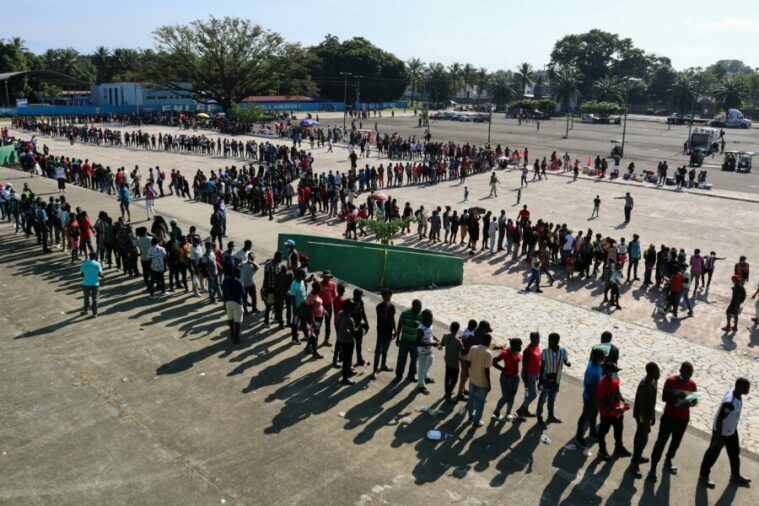
The MPP policy was created with the intention of protecting asylum seekers from criminals who might take advantage of their precarious situation and involve them in illegal activities, such as human trafficking, the drug trade, and smuggling, in addition to securing the border and enforcing proper implementation of immigration laws. Illegal and undocumented immigrants claiming political asylum who sought to enter the U.S. through the ports of entry in San Ysidro, Calexico, Nogales, El Paso, Eagle Pass, Laredo, and Brownsville, Texas, were subject to MPP under the new rule. They were not given permission to enter the U.S.; instead, they were deported back to Mexico while awaiting a notice to appear in immigration court. But other applicant groups were excused from MPP, including Mexican citizens, unaccompanied minors, and people who were thought to be subject to torture and persecution in Mexico. People who had a status of “parole” when they entered the country on the date of the immigration court proceedings were afterward transferred by Immigration and Customs Enforcement to a nearby immigration court. Under the MPP program, asylum claimants typically had just an hour before the hearing to speak with their attorneys.
Remain in Mexico Policy Wiki
Some MPP applicants received housing from the Mexican government, but the accommodations were sometimes cheap and lacked running water and electricity. Some of the candidates are still without a home. Another issue is that these immigrants have limited to no access to immigration lawyers to assist them in preparing for their hearings; as a result, just 1% of asylum seekers who were forced to remain in Mexico had their claims granted. Some of them had to give up their claims and return home after living in subpar conditions for an extended period of time, while others were unable to make it to immigration courts in time and were ordered to be deported in absentia.
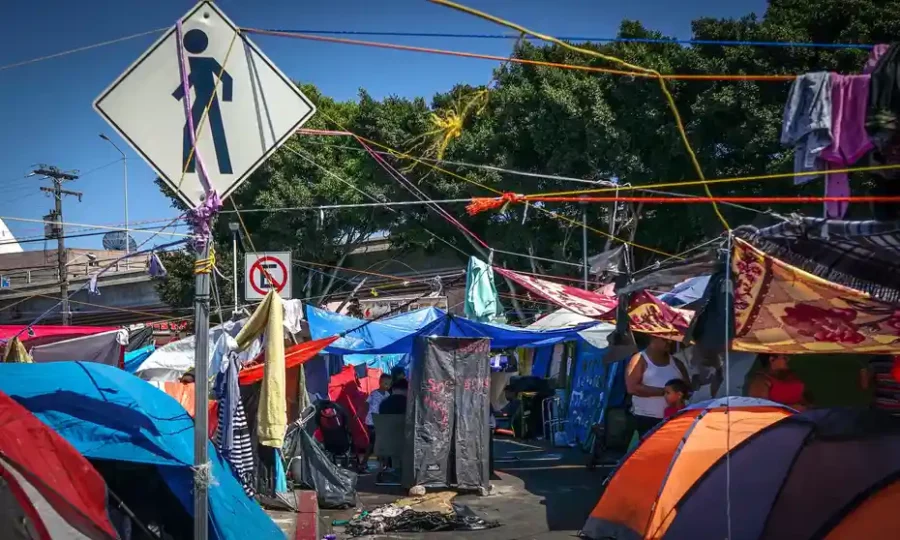
In January 2019, in an attempt to reduce the number of foreign nationals exploiting the U.S. immigration system and to discourage false asylum claims, the U.S. Department of Homeland Security (DHS) introduced a new policy called the Migrant Protection Protocols (MPP), also known as the Remain in Mexico policy, aimed at resolving the security and humanitarian crises at the U.S.-Mexico border. Under MPP, inadmissible immigrants attempting to enter the U.S. at the Southern border and seeking political asylum in the U.S. had to remain in Mexico until their court hearing dates when U.S. immigration judges make decisions on their cases.

Recent years have seen a sharp increase in the number of illegal immigrants entering the United States, and overall demographics have shifted. Previously, single men from Latin America made up the majority of those seeking asylum, but today, families and unaccompanied minors make up more than half of those coming here illegally, mostly from El Salvador, Honduras, and Guatemala. The MPP policy was created with the intention of protecting asylum seekers from criminals who might take advantage of their precarious situation and involve them in illegal activities, such as human trafficking, the drug trade, and smuggling, in addition to securing the border and enforcing proper implementation of immigration laws.
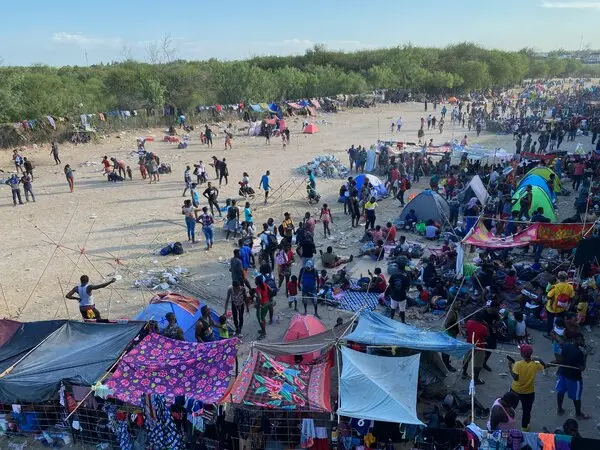 Illegal and undocumented immigrants claiming political asylum who sought to enter the U.S. through the ports of entry in San Ysidro, Calexico, Nogales, El Paso, Eagle Pass, Laredo, and Brownsville, Texas, were subject to MPP under the new rule. They were not given permission to enter the U.S.; instead, they were deported back to Mexico while awaiting a notice to appear in immigration court. But other applicant groups were excused from MPP, including Mexican citizens, unaccompanied minors, and people who were thought to be subject to torture and persecution in Mexico. People who had a status of “parole” when they entered the country on the date of the immigration court proceedings were afterward transferred by Immigration and Customs Enforcement to a nearby immigration court. Under the MPP program, asylum claimants typically had just an hour before the hearing to speak with their attorneys.
Illegal and undocumented immigrants claiming political asylum who sought to enter the U.S. through the ports of entry in San Ysidro, Calexico, Nogales, El Paso, Eagle Pass, Laredo, and Brownsville, Texas, were subject to MPP under the new rule. They were not given permission to enter the U.S.; instead, they were deported back to Mexico while awaiting a notice to appear in immigration court. But other applicant groups were excused from MPP, including Mexican citizens, unaccompanied minors, and people who were thought to be subject to torture and persecution in Mexico. People who had a status of “parole” when they entered the country on the date of the immigration court proceedings were afterward transferred by Immigration and Customs Enforcement to a nearby immigration court. Under the MPP program, asylum claimants typically had just an hour before the hearing to speak with their attorneys.
The policy was deemed unlawful and inhumane by the 9th U.S. Circuit Court of Appeals in San Francisco for a number of reasons. Even though the policy was initially created to shield immigrants from criminals in the U.S., many of them have continued to face persecution for legal reasons and have a legitimate fear for their lives and freedom after returning to Mexico. Additionally, some MPP asylum seekers who were brought before immigration courts in Laredo and Brownsville had to go through and/or remain in Tamaulipas, a state in Mexico that is ruled by organized crime and where the danger rating is on par with that of Yemen and Afghanistan. A human rights group called Human Rights First claims that while asylum seekers were waiting for their trial in Mexico, more than a thousand violent crimes, including rape, torture, and kidnappings, were committed against them.
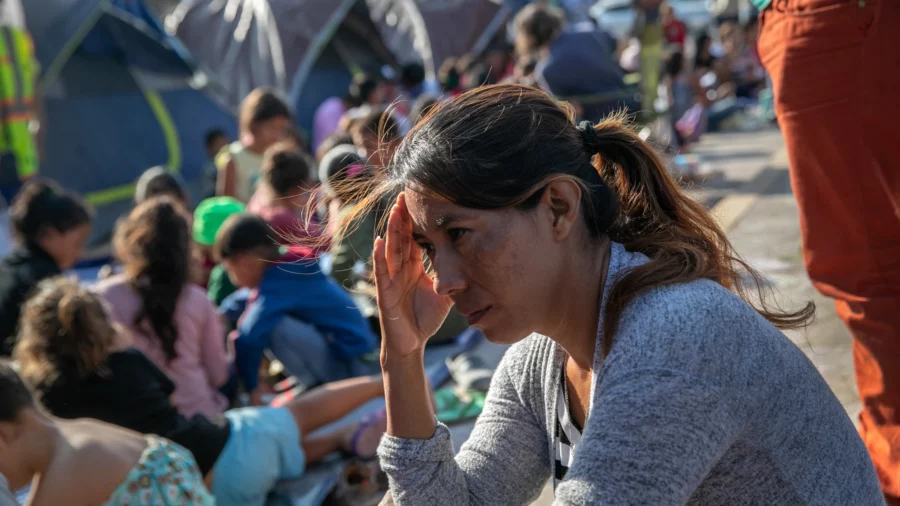
Some MPP applicants received housing from the Mexican government, but the accommodations were sometimes cheap and lacked running water and electricity. Some of the candidates are still without a home. Another issue is that these immigrants have no access to immigration lawyers to assist them in preparing for their hearings; as a result, just 1% of asylum seekers who were forced to remain in Mexico had their claims granted. Some of them had to give up their claims and return home after living in worse conditions for a long period of time, while others were unable to make it to immigration courts on time and were ordered to be deported in absentia.
On March 11, 2020, the U.S. Supreme Court permitted the Trump administration to carry out the Remain in Mexico policy despite the harsh criticism and the Circuit Court of Appeals’ ruling. Following the COVID-19 outbreak in the U.S., immigration judges discontinued hearing MPP cases from March 2020 through the end of 2020, leaving thousands of applicants in Mexico without legal status, and the DHS continued to bar new asylum seekers from Central America who were attempting to enter the U.S. at the Southern border from doing so. Since the policy’s implementation in January 2019, 70,000 immigrants have been compelled to remain in Mexico, and only around half of them have had their cases reviewed by immigration judges.
Also read: New Mexico county’s refusal to certify primary election results sent ripples across country
Remain in Mexico Policy Statistics
The Migrant Protection Protocols, also referred to as the “Remain in Mexico” program, was made public by the Department of Homeland Security on December 20, 2018. This policy enables the government to release migrants with asylum claims to Mexico while they wait for their hearings in the United States. By means of a policy memo issued on January 25, 2019, put the program into action. The San Ysidro, California port of entry, which borders Tijuana, Baja California, was where the program was originally implemented. In the following cities, it was put into practice: Calexico-Mexicali, El Paso-Ciudad Juarez, Brownsville-Matamoros, Laredo-Nuevo Laredo, Eagle Pass-Piedras Negras, and Nogales-Nogales. According to DHS, “Aliens will be permitted to remain in the United States if an immigration judge finds their claims to be meritorious.
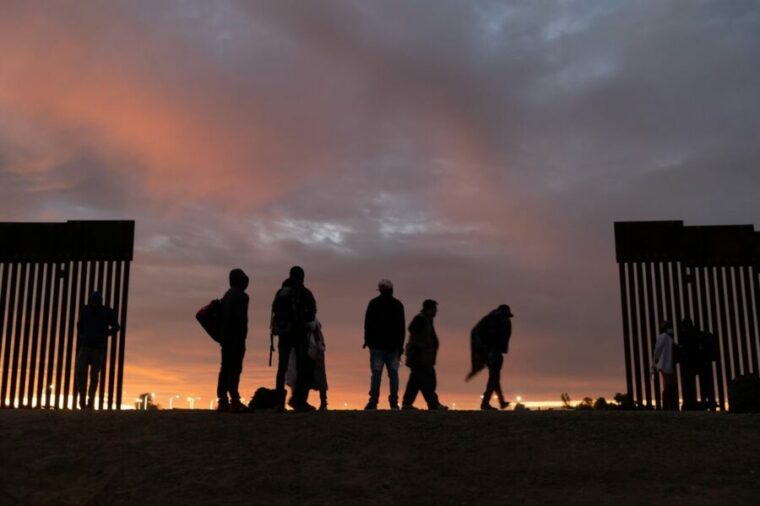
By June 2019, the program had resulted in the return of approximately 12,000 migrants to Mexico. Forty-seven thousand persons had returned by September 2019, and 57,000 by December 2019. According to Human Rights First, at least 636 of those who returned had been victims of violent crimes, such as kidnapping, rape, torture, and abuse, in Mexico. Less than 10,000 migrants in the program had their cases examined as of September 2019: 11 cases had received asylum; 5,085 had been refused; and 4,471 had been dismissed without being reviewed, sometimes for procedural reasons. The program’s asylum admission rate, which stands at 0.1 percent, is much lower than the 20 percent average for newly arrived immigrants.
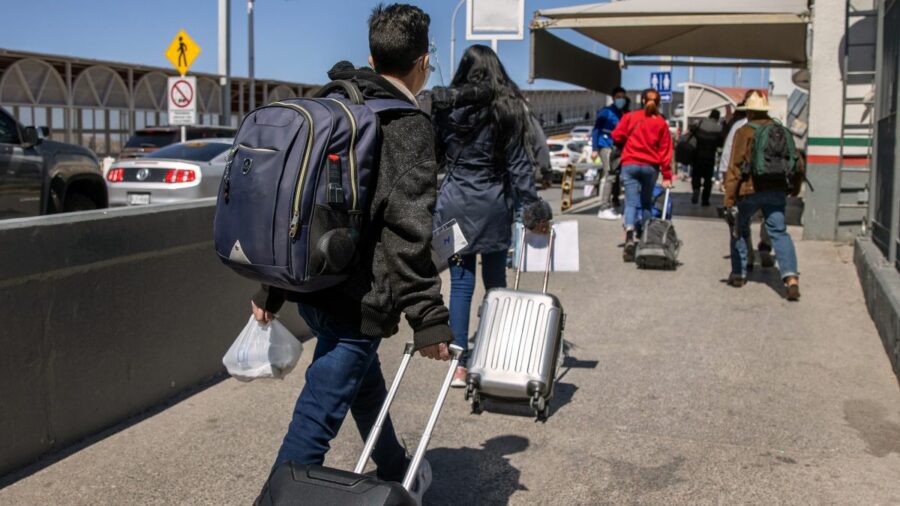
On his first day in office following his election as president in January 2021, Joe Biden gave the administration the order to halt MPP. The Biden Administration announced on February 12, 2021, that it would permit 25,000 asylum seekers who had previously been forced to remain in Mexico to enter the United States and wait for their court dates in the cities of their ultimate destinations. Additionally, the authorities want to gradually admit the remaining MPP applicants, admitting about 300 of them each day.
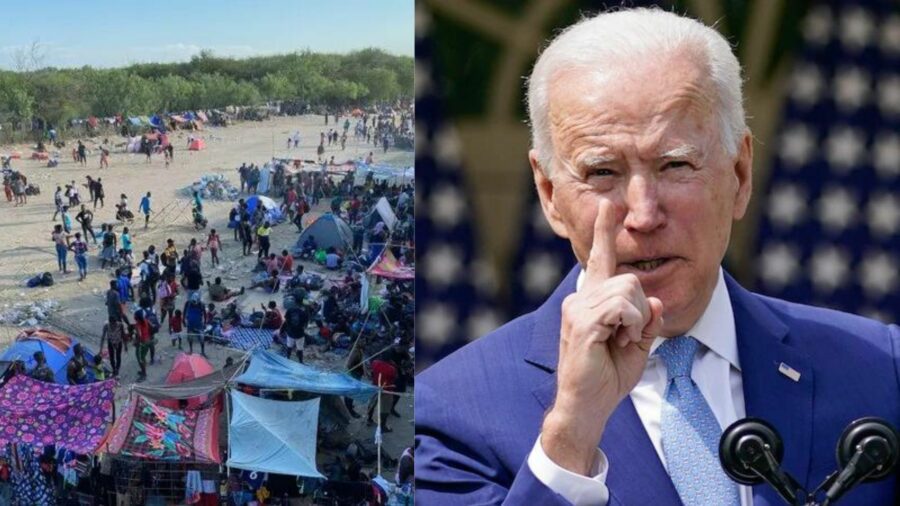
Following President Joe Biden’s cancellation of the Migration Protection Protocols (MPP), also known as the Remain in Mexico program, in February 2021, those seeking asylum under this category were gradually permitted to enter the United States while awaiting their court dates. Previously, MPP applicants were only permitted to cross the border on the day of the hearing under the terms of parole and had to stay in Mexico. Due to the COVID-19 outbreak, which caused several immigration courts to halt and stop hearing cases for several months, the wait for many of them was longer than a year. Once the courts reopened, they continued to operate at a reduced capacity.
Around 4,000 applications were initially permitted to enter the country in February; by the end of April 2021, that number had nearly doubled. To continue pursuing their cases while already inside the United States, more than 8,000 asylum seekers with MPP were moved over the border. It is believed that throughout the MPP’s implementation, over 70,000 applicants were required to wait for their court appearances in migrant camps in Mexico. The majority of the 8,000 MPP applicants enter the country through the ports of entry in Brownsville, El Paso, and Laredo, Texas. As the majority of MPP applicants used to or now reside in camps in the city of Juarez, which is just across the U.S.-Mexico border from El Paso, the El Paso Immigration Court has seen the largest increase in MPP hearings, from 1,357 to 3,362 cases currently pending. California, another border state, experiences the least amount of new immigration. Only 20% more MPPs are now working in the immigration courts in Calexico and San Ysidro.
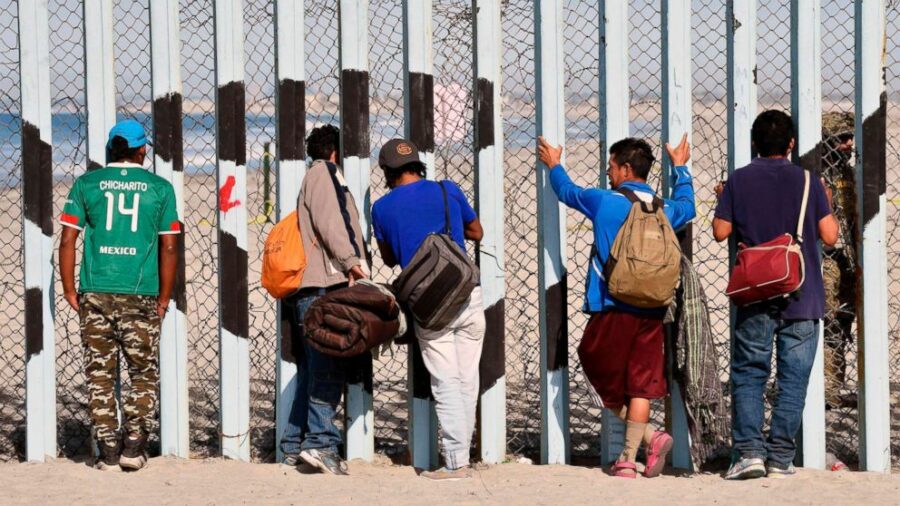
The top three countries that export MPP cases are Venezuela, Cuba, and El Salvador, with Honduras, Nicaragua, and Colombia following closely behind. Guatemala, Peru, Brazil, and Ecuador are among the other countries that made it into the top 10. The most sought-after final locations for MPP candidates are Miami, Orlando, Dallas, and Houston. The MPP program came under fire for offering its participants little chance of being successful in pursuing their claims for asylum. The immigrants were forced to live in subpar temporary Mexican migrant camps, and in many cases, court mail could not reach them. As a result, they were effectively forced to give up on their claims and were given deportation orders in absentia. Another problem is that more than 90% of MPP applicants were denied access to immigration lawyers, which significantly reduces their prospects of being awarded political asylum in American courts.
Remain in Mexico Policy Update by Supreme Court
The Migrant Protection Protocols, often known as the “Remain in Mexico” policy, was repealed by the Trump administration on Thursday, according to a 5-4 decision by the Supreme Court, overturning an earlier decision by a lower court. As a result of the strategy, immigrants who wanted to enter the United States were forced to wait for hearings in Mexico. The policy was implemented by the Trump administration to prevent the release of migrants into the country.

A federal court had earlier barred the Biden administration from repealing the policy. The question was whether the suspension and eventual termination of the policy by the Department of Homeland Security violated a federal law requiring that migrants are held or, if they arrived from a neighboring country, deported back. “The Government’s cancellation of MPP did not violate section 1225 of the INA [Immigration and Nationality Act], and the October 29 Memoranda did constitute final agency action,” said Chief Justice John Roberts in the Court’s decision.
Enter your email to stay updated with offers
If you can’t see the form above, click here to open the form.





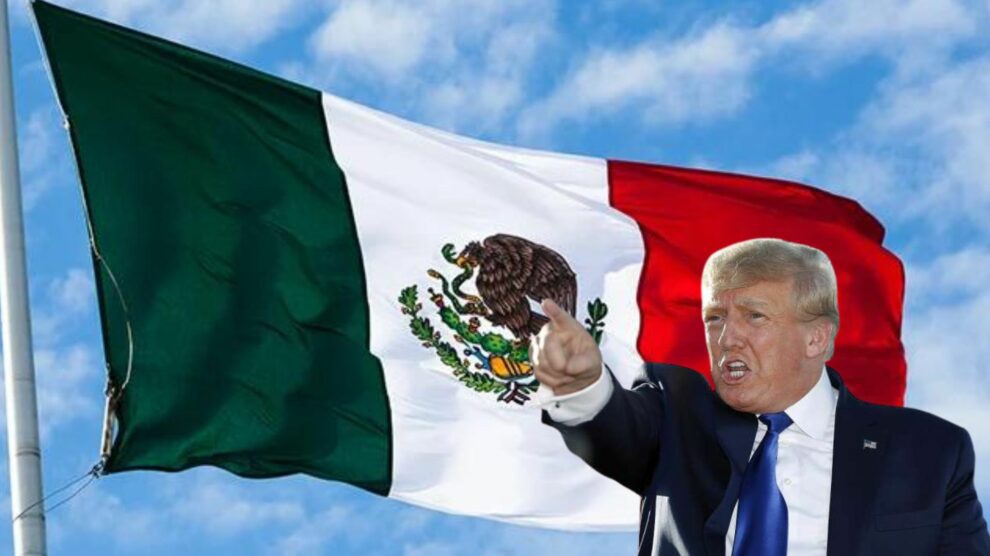

Add Comment